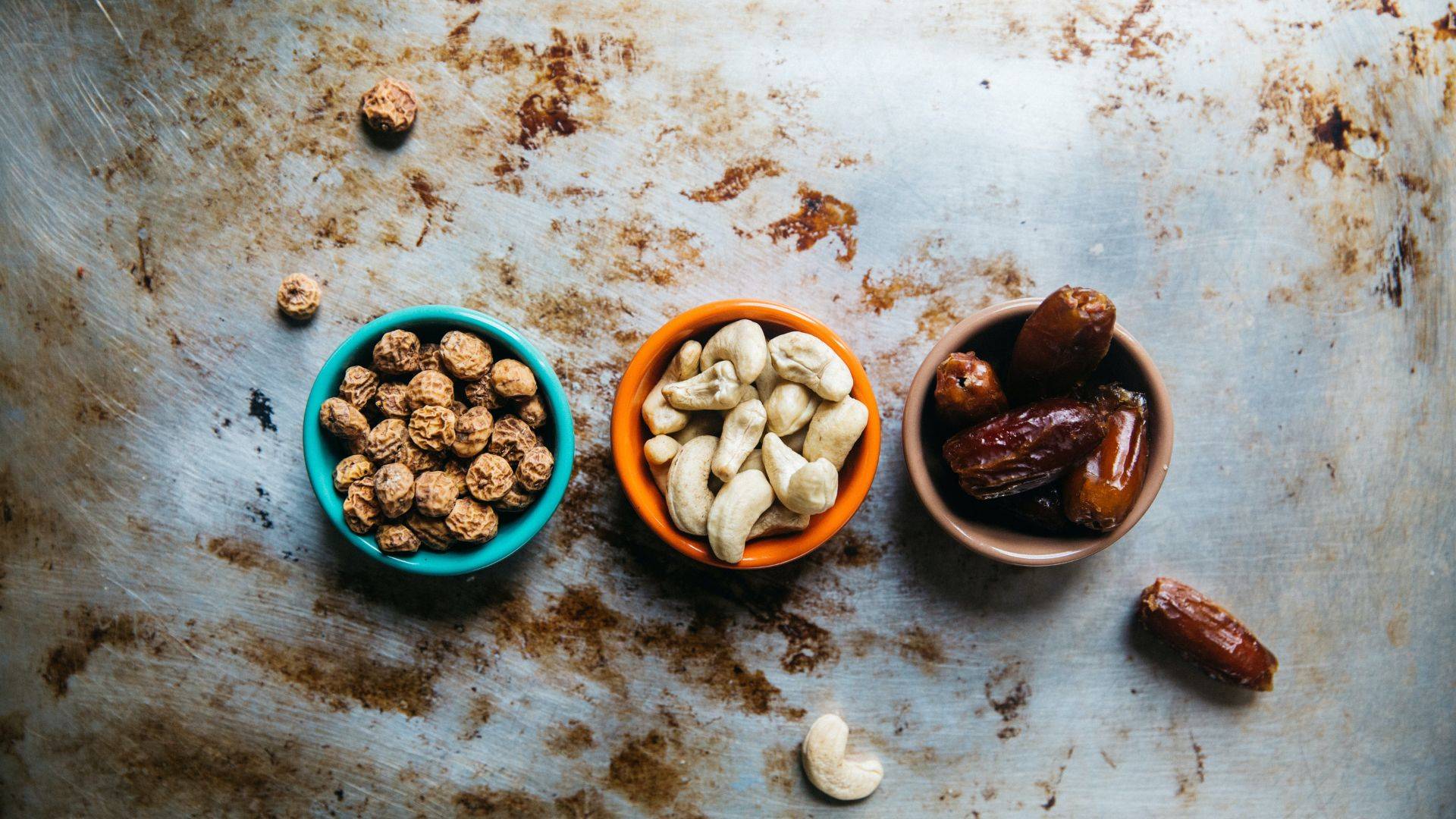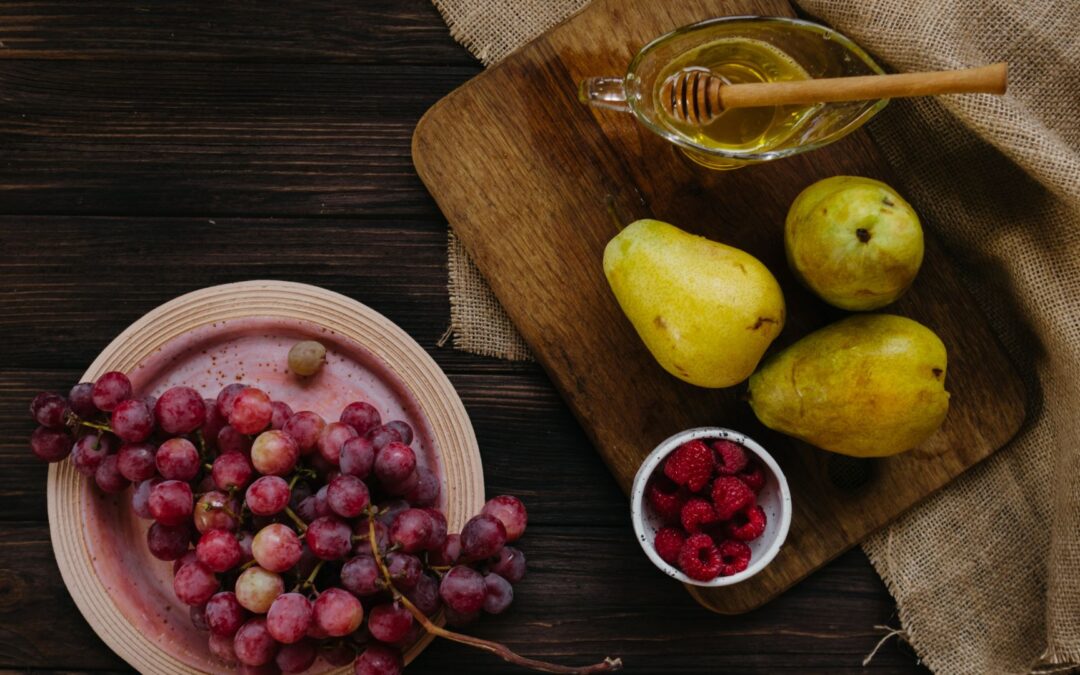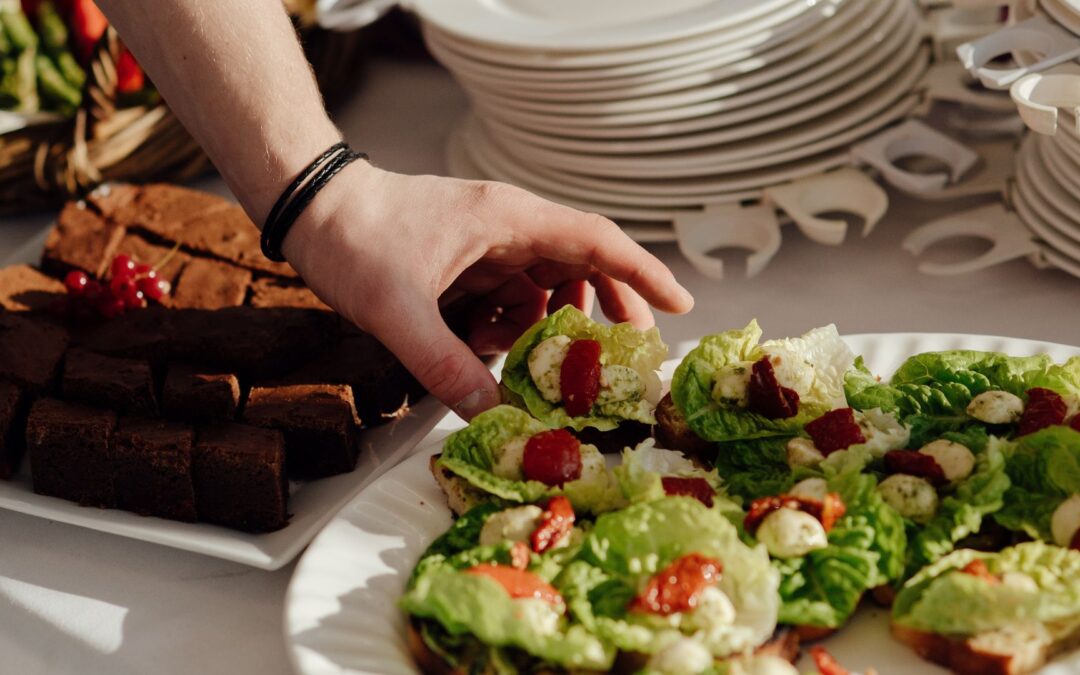Ramadan, a month of gratefulness, joy, holiness, and belongingness. The delight of Ramadan lives in the reunion of family. Recalling and devoting ourselves to the Almighty brings a fresh air of peace to our minds. The environment of being together and being close to our loved ones is always desired by all of us. After some long tiring schedules, we finally get a month to be with our roots and keep our souls closer to the Divine Existence. However, the appetite for day-long fasting requires special attention. Some seek for taste, some for nutrition, some desire bunch of food, some are content with a smaller amount of food. Today, we are going to know some wonderful facts about the most desired and most observed section of a meal of Ramadan: the Iftar.
In Bangladesh, a wide variety of foods items is prepared to take during Iftar. Some of the common iftar items from Bangladeshi cuisine include Shorbot (Lemonade, Milkshake, Smoothie, Juice, Rooh Afza, Lacchi), Piyajoo, Beguni, Chhanar, Jolapi, Jilapi, Bundia, Cabbage Pakora, Cauliflower Pakora, Egg chops, Potato Chop, Chicken Chops, Chicken roll, Chicken Nugget, Chicken wings, Chicken Fry, French Toast, Spring roll, Vegetable cutlet, Vegetable Pakora, Ghugni, Meat Kabab, Muri, Halim, dates, samosas, Dal Puri, Chola, fish kabab, Mughlai paratha, pitha, Doi Bora, Doi Chira, Tok Doi (Plain Yogurt), Misty Doi (Sweet Yogurt), Patishapta pitha, Falooda, Kalozam Sweets, Rosh malai, Sponge Rosogolla, traditional Bengali sweets and different types of fruits and Fruit Juices such as watermelon, papaya, mango, pineapple.
In the Middle East, falafel is common street food. This light, nutritious snack is served at iftar. Usually, eaten with bread and hummus, it consists of ground chickpeas and coriander, mixed with garlic and spices and toasted with sesame seeds. It provides a boost of energy without making a person feel lethargic. Qatayef – a sort of sweet dumpling filled with cream or nuts, is an Arab dessert commonly served during the month of Ramadan.
In Afghanistan, an iftar meal includes soups and onion-based meat curries, kebabs, and pulao. In Southeast Asian countries where dates may not be as readily available, other sugary treats are often consumed. Indonesians, for example, buy traditional sweet snacks for breaking fast.
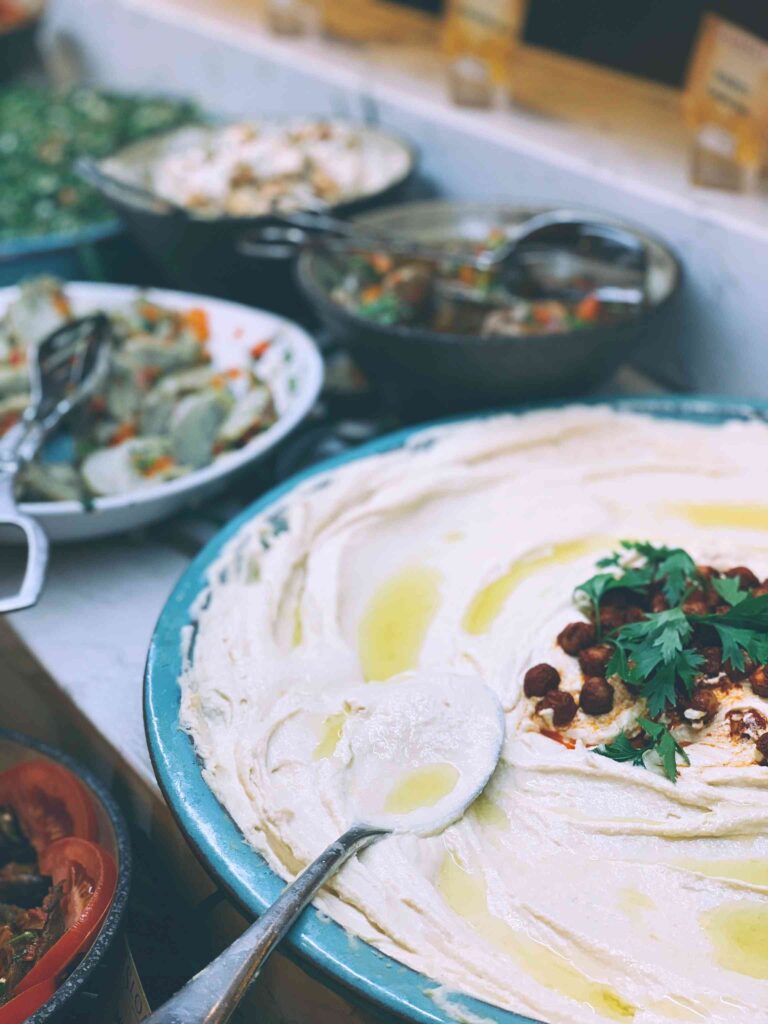
Iranians traditionally break their fast with dates and a cup of tea or hot water. Tea, bread, cheese, fresh vegetables, Zoolbia and Bamieh (two traditional Persian sweets coated in sugar syrup), Halva, Sholeh Zard (a sweet Iranian dessert made of rice, sugar, and saffron), Ash Reshteh (thick winter soup with noodles), Haleem, as well as various kinds of soups are commonly served during Iftar time. They often serve Shami (small pieces of dough mixed with meat and split yellow peas) during Ramazan beside Iranian bread, cheese, green herbs, and chai (Black tea).
In India, many Iftar dishes are originated from various parts of the Middle East and were brought to the subcontinent by traders and immigrants after the Mughal conquests. In South India, Kanji is famous – a broth that consists of rice and lentils, cooked with a special masala made of cinnamon, cardamom, cloves, tomato, onions, and minced meat, garnished with coriander leaves, accompanied by samosas and mint chutney.
In Pakistan, chole, jalebis, pakoras, kebabs, Dahi bare, along with refreshing juices are famous iftar meals. Some families combine iftar and dinner into one meal, while others prefer a gap between the two.
People in Egypt, love kunafa, a pasta incorporated into Arabic sweets, and enjoyed it in the evening after the fast is broken. Moreover, since it is an arid and morbidly hot region, people usually prefer cool beverages and fruits during iftar to suppress the scalding heat. Al-Khoshaf (a mixture of dates, figs, apricots, and Kamar-din juice), Molokhia, okra with meat, grape leaves, mahshi, and soup are also famous in Egypt.
In Somalia, one of the preferred items is the camel, both as the source of calcium (its milk) and protein (its meat). Since many Somalis are nomads, back home they often eat a popular type of jerky called otka – preferably camel meat, that is dried and then fried in butter and spices.
In Sudan, they break the fast on sweet and sour juice made from maize, wheat, boiled legumes, boiled wheat, and porridge. The most important feature of the Sudanese is the communal iftar, where each family meets with its neighbors at a communal iftar in the street.
The most important table dishes in Tunisia are called “haririya”, as well as the salad of grilled vegetables with olive oil and spices and the “Brik” dish, topping the tables in most homes, which is large pies stuffed with chicken and meat and comes with Rafsya, made of rice cooked with dates, raisins, in addition to the famous couscous.
Yemenis usually start with dates, water, or coffee, then go to the mosque to pray the Maghrib and return to the house. The table contains several items, including “shafut and soup”. The first is made of bread and yogurt; the second is made of crushed wheat, mixed with milk and sugar or meat broth according to tastes. Desserts are a mixture of Yemeni and Indian sweets such as Bint Al-Sahan, Al-Rawani, Al-Kanafah, Katayef, Basbosa, and baklawa.
The Turks do not differ from others in iftar on dates or olives, and cheese of all kinds. In Ramadan, bakeries bake a special bread that is only seen during this month. It is called “Bida,” a Persian word for a type of pie in different sizes. Children stand in long lines just before iftar time to get fresh pies.
In Malaysia, countryside people meet especially for iftar together every day. They make Fatri Mundi, a famous and most important Malaysian meal. One of the most popular foods to be served at the iftar table during Ramadan is the Gatry Mundi meal, as well as the Badeq, which is made from flour. There is chicken and rice alongside dates, bananas, and oranges.
China’s Muslims begin iftar with dates and sweet tea. In Japan, a group iftar is held in most mosques. Muslims go for iftar, usually milk and dates. One of the most popular meals is Kaiseki, a vegetable meal, with the famous juices and pickles known as Tsukimono, which are important landmarks for Japanese cuisine, along with fish dishes and marine species.
In Uzbekistan, Muslim families hold mass iftars, lamb is slaughtered, and bread is baked with oil and milk. Dates and black or green tea are served at iftar.
In Uganda, people gather every day in one of the selected houses. The people eat their iftar, which is often made up of soups, grilled bananas, and bread, after performing the Maghrib prayer. The next day, another house is chosen for iftar. One of the strangest customs of the Ugandan Lango tribes in Ramadan is the wives beating on their heads before iftar, after which the woman prepares the iftar.
In Iraq, Iraqi dates, known as “dates of Basra” or “Al-Khastawi” and milk, are the most important dishes in Ramadan, along with a drink named “Nomi Basra,” a special drink which Iraqis drink during the Suhur (evening meal before fasting) and iftar for headaches.
Thailand’s Muslim families must slaughter a sacrifice to celebrate the month of Ramadan. Poor families even slaughter a bird. Before the iftar, women leave their homes in groups, sit in front of a house, eat iftar together, and so do the men. They are fond of fruits, bakes cakes made of rice and milk.
With every different taste, choice, and custom around the world, people make their iftar wonderfully luscious, tasty, healthy, and satisfying. The main concern of iftar is to maintain a perfect health routine by bringing nutrition to the food chart, drinking healthy drinks, and lots of water. At the end of the day, we thank and pay gratitude to the Almighty for a safe and secured life.
